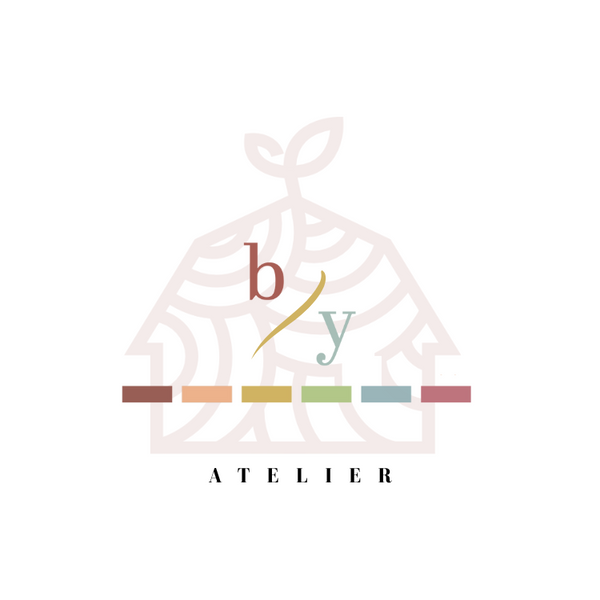
Ply-eyed!
Share
Have you ever heard of the term “ply” in relation to yarn and wondered what it meant?
I have to admit that in my younger years I heard the term, knew what it meant…and didn’t care. That attitude was to my great disadvantage, my friends. I was young and only concerned with getting my project started. The faster I started, the faster I finished! Woohoo! I had fistfuls of yarn and wasn’t afraid to use em.’ But I failed to see that I wasn’t using them well because I didn’t pay any attention to anything other than weight.
The pattern told me what weight to buy. I bought it. The end!
Yeah, no! It’s not the end. In fact, weight is just one aspect of yarn, albeit an important one, but certainly not the only one.
I hadn’t considered or appreciated all that went into the construction of that gorgeous yarn, most importantly I hadn’t considered why a yarn is constructed in a particular way. I hadn’t considered what any of it meant for my finished project. Yarn is the tool of my favorite craft and I learned I didn’t really understand it or know how to use it well. A strand of yarn has multiple parts, if you will. I realized to truly understand the tool of my craft, I had to consider the sum of all of a yarn’s parts...not just the weight.
How did I come to realize that I wouldn’t improve if I didn’t do some homework? Well, I got bored. I was pretty much making the same types of projects for a long time. I was very absorbed and would crochet whenever I could. One day, my young son, about 4-years-old at the time, said to me, “You’re always yarnin’! You never do anythin' else.” He was right, of course! I needed to find a balance. The thing is, as I started to allow some other activities into my life I gradually put down the hook. That hiatus lasted quite a few years.
One day I thought, “Wow, it has really been a while before I did any “yarnin’ and it would be great to get started again!” The problem was, I didn’t want to make the same old things again. I wanted to do something other than crochet. It led me down a path to learning how to knit. I never learned successfully in my younger years, but I thought, “No one says I can’t learn now!”
So, I am happy to say I did learn to knit and it opened the door for so many more creative opportunities! I was invigorated! I really wanted socks!
So, I set out to make a pair of socks and well…they slouch. And there’s nothing wrong with that! Slouchy socks can be great if that’s what you like, but I didn’t want my socks to slouch. Bother! It wasn’t until quite some time later that a very kind soul suggested I didn’t use the correct yarn for the job.
When I heard that I thought, “What? Why? I used what the pattern called for! It said fingering yarn and that’s what I bought!”
Well, I looked into the idea further and found out that I both did and did not buy the correct yarn. I did buy fingering, which was correct, but I didn’t buy the right kind of fingering. I bought a two-ply woolen merino (because everyone loves merino socks!) and my socks were gonna be fluffy and oh so very warm!
It turns out even if I could have worn my socks for any amount of time without them getting on my last nerve, they would have worn holes pretty quickly, too. All because I didn’t understand draft, plies or twist. We talked about draft in another post and I know now I should have used a worsted draft, but what about the ply? I knew nothing about the ply!
I know better now!
“So, what’s a ply anyway?” you ask. I’m sure you noticed that when you cut a length of yarn there may be several strands that separate and split off from each other. These separate strands are what are referred to as ply, or plies. These plies are an important part of your yarn’s characteristics and they play a role in how your yarn will behave in your finished fabric.
Yarn can be one ply, also known as a single, or multiple plies. Single plies are, well, one single strand. Multiple plies are, naturally, more than one strand and come in several types known as conventional, cabled and multi-strand. Let’s take a look at each of these for a moment.
Single ply or Single: This yarn is created by taking fibers and twisting them together. When you look at the strand of yarn closely you see it twists in a diagonal from the upper right down to the lower left in what is known as the “Z” direction. This lonely single ply strand cannot be separated into any more plies, only into individual fibers.
Conventional: This yarn is constructed by twisting two or more, most often four, single plies together in such a way the strands twist in a diagonal twist that travels from upper left to lower right known as the “S” direction. That means this method is building on the construction of the single. The singles that have been twisted in a “Z” direction are twisted together again in an “S” direction. Nifty!
Cabled: Cabled yarns are constructed by taking four conventional plies and twisting them together. I know, right? Again, building on the first two methods, these yarns are twisted three times! First, fibers are twisted into singles in the “Z” direction. Then the singles are made into conventional strands by twisting in the “S” direction. Then the conventional strands are combined by twisting them together again, this time in the “Z” direction!
Multi-strand: You guessed it! Multi-strand yarns are even more conventional strands twisted together. These are different than cabled yarns, though, because for this type the conventional strands used to twist the final yarn are not twisted in a “Z” direction, but into and “S” direction instead. Like the cabled yarn, multi-strand yarns are also twisted three times, first as singles in a “Z” direction, then as conventional strands in an “S” direction then (this is where multi-strand differs from cabled) the conventional strands are twisted a third time, but this time in an “S” direction. Whew!
Now it is easy to see that the individual plies in your yarn are actually, well, just yarn of a really small thickness, or weight. To create yarn of a heavier weight more and more plies are added together. Ultimately, the number of plies that are twisted together to create a particular yarn is up to the textile or yarn designer.
Yarns are designed with the draft, fiber, weight, plies and twist all in mind because these are the elements that characterize how your yarn will behave once it’s woven into your fabric.
We talked draft, fiber, and weight already and now ply completes another piece of the puzzle, but there is still more to the story. We know plies are twisted together, but it’s how they are twisted that matters. So…
Next up…twist! See ya there!
XO
Linda
Shop our yarns!
Check out some of our other topics: yarn draft, fibers, gauge, needles, twist, ply and weight
How Much Yarn Do I Need?
Why avocado?
Breaking down your yarn needs
Our origin story
My yarn journey
